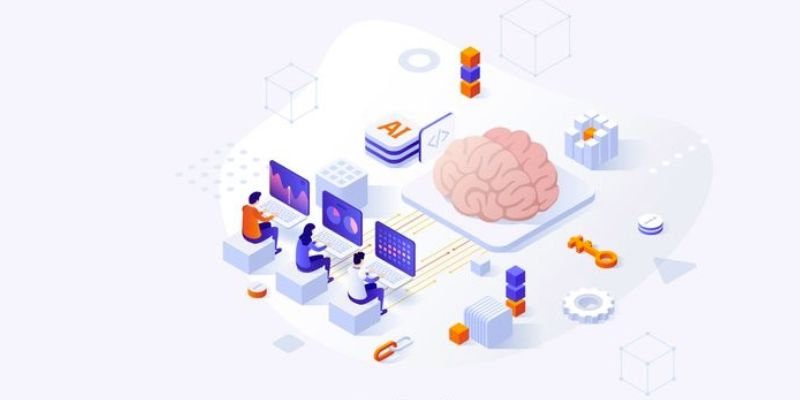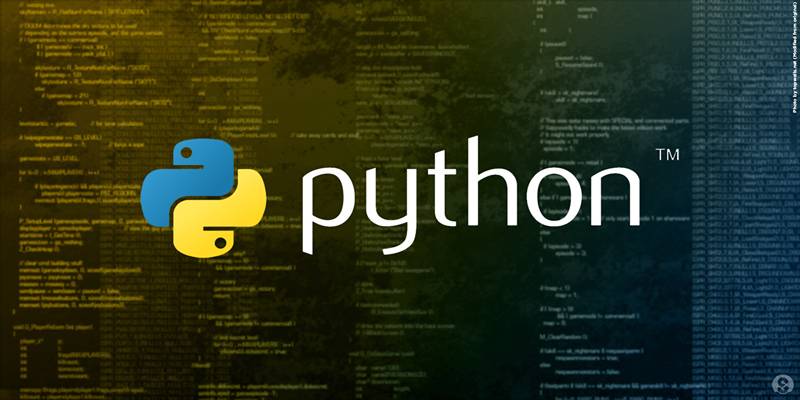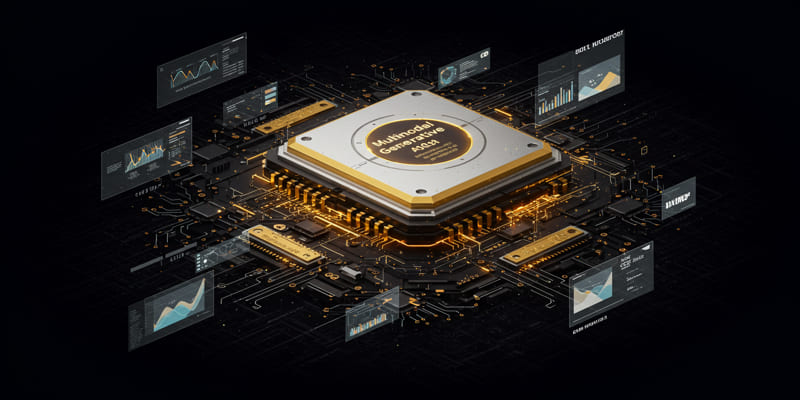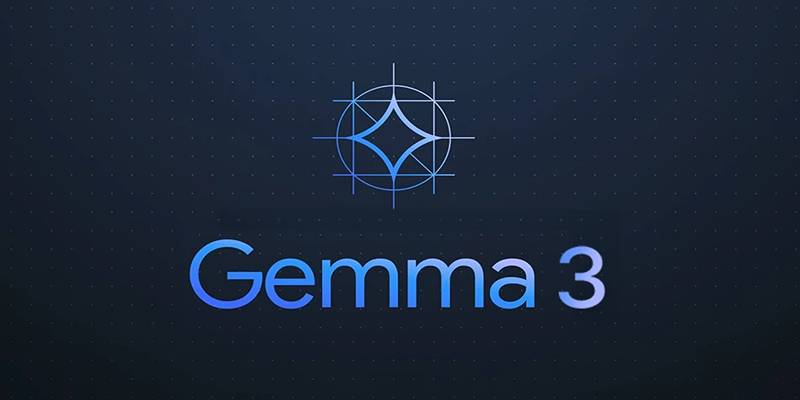AI tools are reshaping the way developers approach coding tasks. With new updates being released frequently, developers are faced with tough choices on which model to trust. Two of the most notable names in 2025 are DeepSeek V3-0324 and Claude 3.7. Both offer powerful assistance, but they cater to slightly different user needs.
This post explores a direct comparison between DeepSeek V3-0324 and Claude 3.7, focusing on how they perform in real coding environments. From code generation and debugging to language support and developer experience, this review aims to help developers decide which AI assistant better suits their work.
Understanding DeepSeek V3-0324
DeepSeek V3-0324 is a code-focused large language model released in March 2024. Built with an emphasis on high-performance programming tasks, it has quickly gained traction among software engineers, especially those working with large codebases and technical workflows.
The model was trained on billions of lines of source code, making it highly fluent in syntax, structure, and logic patterns. DeepSeek’s primary appeal lies in its ability to generate long blocks of code with high accuracy. Developers who use it often rely on its fast, practical, and goal-driven approach.
Notable Features of DeepSeek V3-0324:
- Specialized for software development and technical prompts
- Efficient with multi-line code generation
- Strong performance in Python, JavaScript, C++, Rust, Go, and Java
- Optimized for autocomplete, refactoring, and writing from scratch
- Integration-ready with VSCode and terminal-based IDEs
DeepSeek excels in scenarios where precision and speed are critical. It’s especially useful for backend logic, data structure design, and algorithm-heavy coding.
Understanding Claude 3.7

Claude 3.7, the newest release from Anthropic, is positioned as a well-rounded AI assistant. Unlike DeepSeek, Claude was not exclusively built for coding. However, the 3.7 update introduced significant improvements in software development capabilities, making it a competitive tool for technical users. Claude stands out with its conversational nature. It provides detailed reasoning and explanations and even walks users through code when needed. It doesn’t just generate code—it helps users understand it.
Key Attributes of Claude 3.7:
- Balanced training across natural language and programming data
- Strong capabilities in code debugging and problem-solving
- Highly descriptive and capable of breaking down complex logic
- Supports major programming languages plus hybrid use cases
- Strong safety, alignment, and error detection protocols
Claude is frequently praised for its ability to explain what code is doing and why a particular fix is needed, making it valuable for learners and collaborative development teams.
Comparing Performance in Real Coding Scenarios
When comparing these two models, it’s important to look beyond specifications and examine how each performs in real-life development environments.
Code Generation
In terms of raw speed and output quality, DeepSeek V3-0324 leads the way. It produces long-form code quickly, requiring minimal follow-up. It makes it a preferred tool for solo developers working on personal projects, prototypes, or large application backends.
Claude 3.7, while slightly slower in code output, often delivers better contextual awareness. It might ask clarifying questions before generating code or add inline explanations that help collaborators understand decisions.
Bottom Line:
- DeepSeek V3-0324 wins for fast, clean code output.
- Claude 3.7 is better for readability and shared team environments.
Debugging and Code Refactoring
Debugging is where Claude 3.7 shows its strength. Its advanced reasoning allows it to detect not only syntax errors but also logical inconsistencies. Developers using Claude benefit from its ability to walk through code, line by line, and highlight the exact source of a bug.
DeepSeek V3-0324 also offers error detection, but its responses tend to be more direct and less conversational. For developers already familiar with debugging practices, DeepSeek might be all they need. But for those who want to understand the “why” behind an issue, Claude offers more value.
Key Debugging Advantages:
- Claude 3.7 explains bug origins and fixes in detail
- DeepSeek provides short, actionable corrections
- Claude helps teams new to code reviews or legacy projects
Language and Framework Support

Both models support a wide range of programming languages, but their strengths differ slightly in how they process complex projects with mixed languages and frameworks.
DeepSeek V3-0324:
- Strong with technical languages like C++, Go, Rust
- Efficient at backend and system-level tasks
- Handles large-scale project files with ease
Claude 3.7:
- Better at full-stack applications involving both frontend and backend code
- Strong at blending natural language with technical language
- Helps when transitioning between different languages or explaining abstract concepts
Speed and Latency
Speed is another major factor, especially for professionals working under tight deadlines. DeepSeek is known for its low-latency response in most coding environments. Whether integrated into local IDEs or cloud-based tools, it delivers output quickly without noticeable lag.
Claude 3.7 has improved speed compared to its earlier versions, but its more detailed and sometimes verbose answers mean it takes longer to respond when compared side by side.
Speed Highlights:
- DeepSeek V3-0324: Fast, to-the-point, minimal delay
- Claude 3.7: Slightly slower but delivers richer content
User Experience and Developer Workflow
From a workflow perspective, each model offers unique experiences. DeepSeek is ideal for developers who want minimal friction. It gets to the point and supports technical environments that prioritize speed and precision. Claude, on the other hand, feels more like a collaborative teammate. It suggests improvements, explains decisions and helps users grow their coding skills through discussion.
Best Use Case for Each Model:
- DeepSeek V3-0324: Best for coding professionals who already know what they want
- Claude 3.7: Best for teams, learners, and projects involving explanations and documentation
Conclusion
The choice between DeepSeek V3-0324 and Claude 3.7 ultimately depends on the developer’s specific needs. Developers who prioritize coding speed, precision, and technical efficiency will find DeepSeek V3-0324 to be the stronger option. It offers clean code, fast generation, and solid performance across backend and algorithmic challenges. Meanwhile, Claude 3.7 shines in areas of learning, debugging, and collaboration. Its ability to explain and reason through problems makes it a standout tool for those who want more than just output—those who want guidance and growth.











